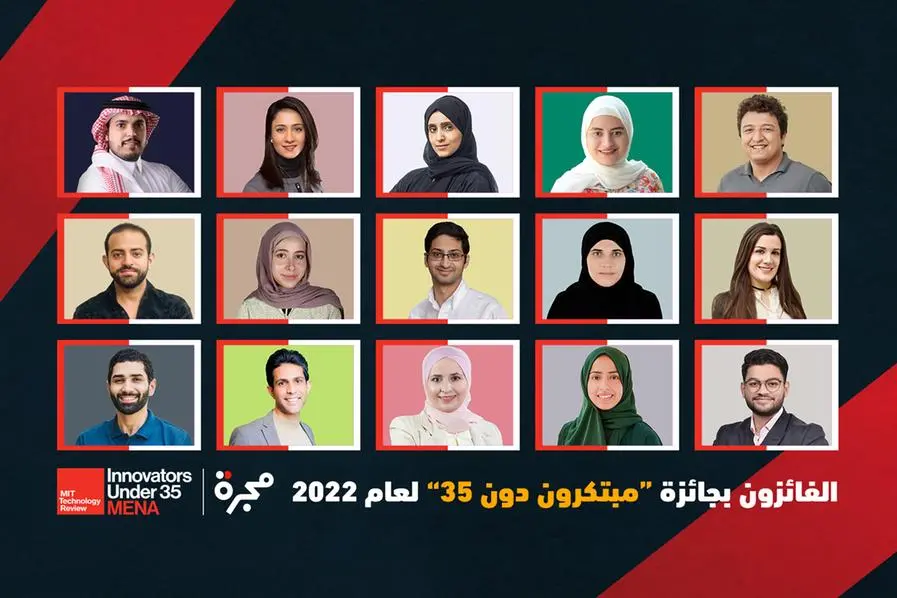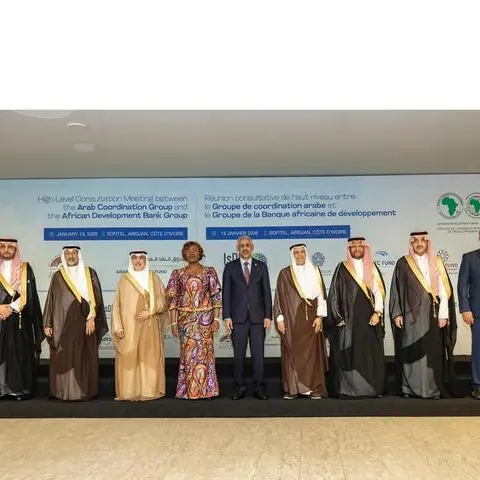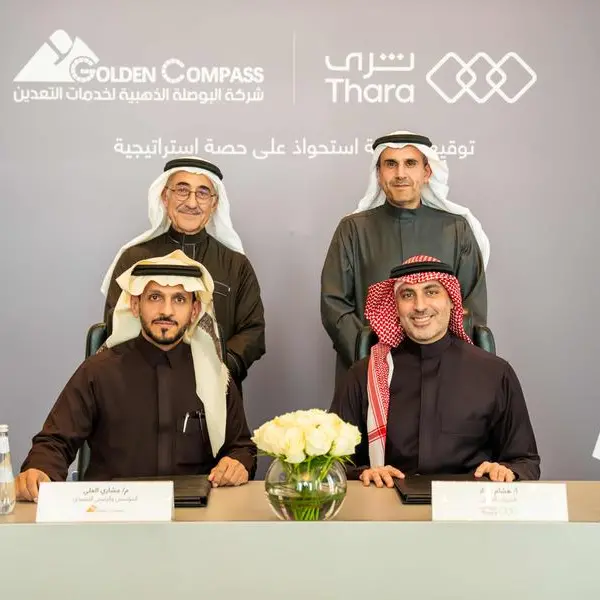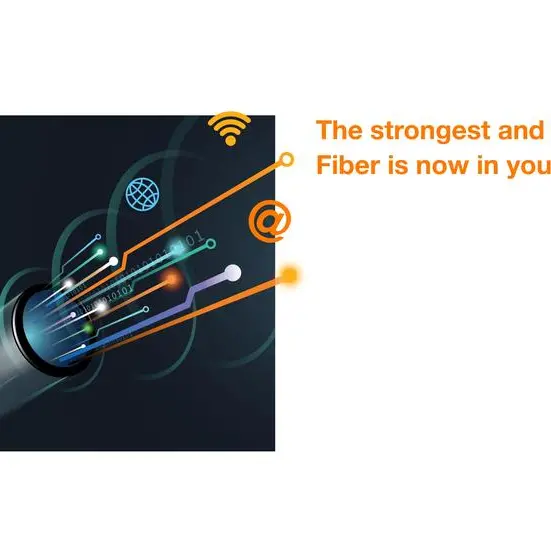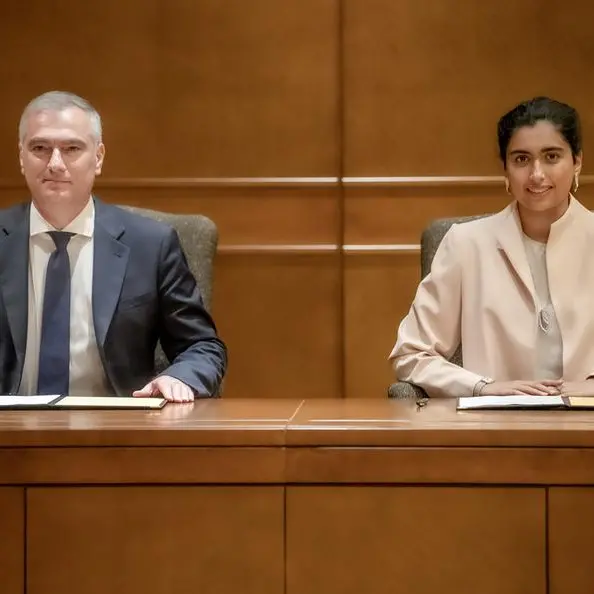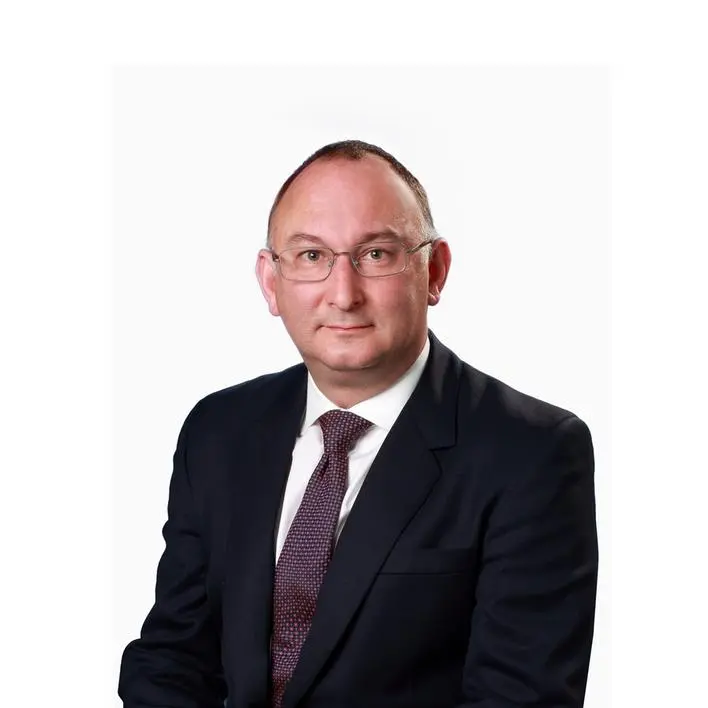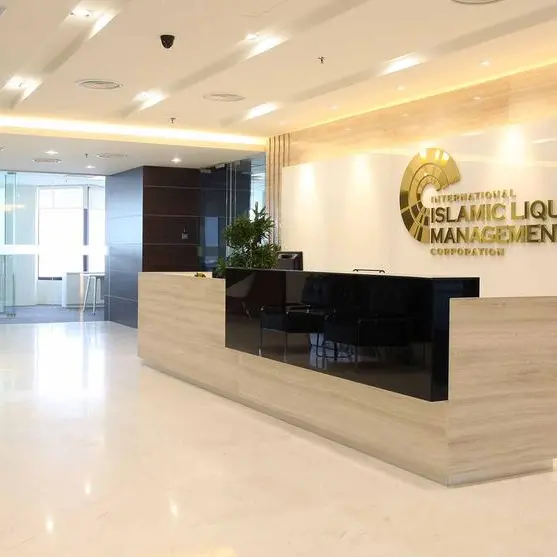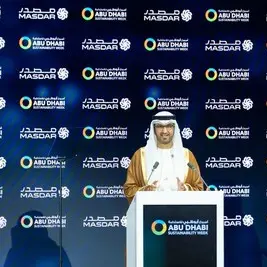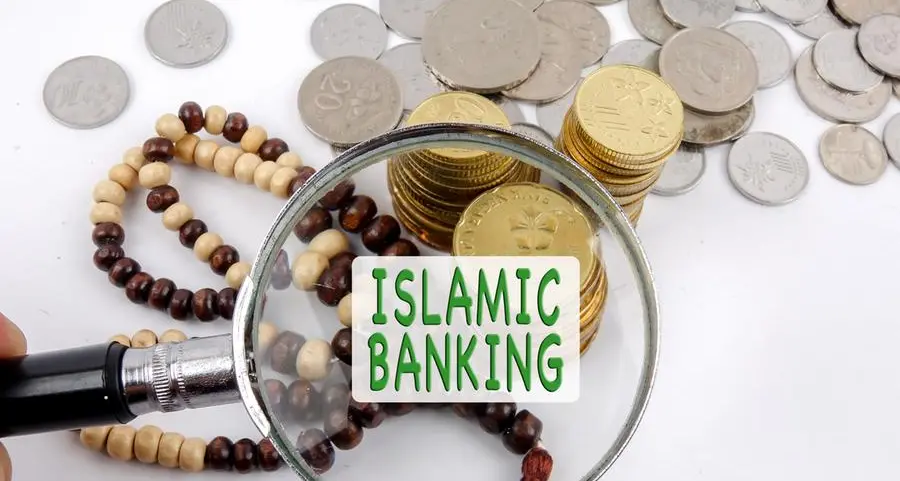PHOTO
MIT Technology Review Arabia, a Majarra platform, announced the winners of the fifth edition of the “Innovators Under 35 MENA” (IU35) Award, which aims to honor leading innovators with superb technical expertise, whose inventions or research promise to change the way people live for the better, and make a quantum leap around the world.
This year, there was an unprecedented number of nominees with variegated innovations in technology, biotechnology, computer science, medicine, materials science, etc.
Winners of IU35 2022 Edition
With the help of a committee of 22 distinguished and independent judges, including technical experts, entrepreneurs, and academics affiliated with research centers, leading technology companies, and prestigious universities globally, MIT Technology Review Arabia selected 15 innovators for the IU35 fifth edition as follows:
- Ahmad Alabdulkareem, Saudi, CEO of Technology, Intelmatics Corporation, utilized his long experience in AI and advanced analytics to develop new Decision Intelligence algorithms that cannot only enhance and improve decision-making but even recommend decisions in many situations (leading to a sort of "auto-pilot" mode for decision makers).
- Tasneem Al Harahsheah, Jordanian researcher in nanotechnology and artificial intelligence at Jordan University of Science and Technology, innovated NANOAPTA, a fast, portable, and easy-to-use point-of-care device for breast cancer early diagnosis to help women perform the parodic checkups.
- Zahin Rohan Razeen, Bangladeshi UAE resident, founder, and CEO of Hydroquo+, Inc., a Hydro-Informatics R&D up-start dedicated to ensuring water security leveraging the Industrial Internet of Things. Hydroquo+ combines spectral sensing technology with a software package that instantly transmits laboratory test results via a mobile interface that can be monitored from anywhere.
- Asmaa Abdallah, Lebanese KSA resident, a postdoctoral fellow at King Abdullah University of Science and Technology (KAUST) applied machine learning to wireless systems, especially those that rely on reflective surfaces, to rapidly expand wireless systems while reducing costs, increasing the potential for expanding network coverage in areas with connectivity difficulties. This new contribution is expected to have a significant impact in supporting the deployment of sixth-generation wireless systems.
- Alaa Alahmadi, Saudi Assistant Professor of Computer Science at Taibah University, innovated an AI system to achieve reliable automation of prolonged QT interval detection, thus facilitating the interpretation of ECG signals in a logically explainable way, which would lead to early detection of sudden death risk and save thousands of lives.
- Wedyan Babatain, Saudi postdoctoral fellow at KAUST, developed a novel, multi-functional, and wearable platform using graphene and liquid metal materials. It enables wireless monitoring of movement patterns, temperature, humidity, respiration, and other health indicators. It also allows real-time monitoring of legged robots.
- Mohammed Shaaban, an Egyptian Ph.D. candidate at the State University of New York obtained high-resolution snapshots of the moment of actin nucleation, as actin nucleation and polymerization are involved in many physiological and pathological conditions, such as cell migration, sperm nuclei migration, tunneling nanotube formation, host-pathogen interactions, and cancer metastasis, amongst others. His innovation will help basic and therapeutic research answer more complex and pathological questions related to the actin cycle.
- Asma Al-Amoodi, a Yemeni Ph.D. candidate at KAUST, developed the use of hematopoietic stem cells to treat blood diseases, including leukemia. Her innovation is significant in developing our medical and biological sciences knowledge and preventing leukemia recurrence in humans.
- Hilda Ghadieh, a Lebanese assistant professor at the University of Balamand, conducted considerable research that have elucidated the underlying pathogen mechanisms that lead to NAFLD and is seeking to launch a drug specifically designed to alleviate NAFLD that is approved by the US Food and Drug Administration.
- Ayoub Glia, a Moroccan UAE resident and postdoctoral fellow at New York University Abu Dhabi developed a technology that provides an innovative method of cryopreserving mammalian cells on paper without sacrificing their quality. His method is cost-effective (it is based on ordinary filter paper), space-saving, simple, and easily managed. The innovation aims to restructure preclinical testing processes, by providing a more reliable tumor model for direct uses in the future.
- Jehad El-Demellawi, an Egyptian KSA resident and postdoctoral fellow at KAUST, developed new nanomaterials with tunable functionalities that are less costly (abundant) and easily processed, yet not at the expense of having less performance than expensive, standard materials like silver widely used in solar cells. Such a cost reduction would significantly impact the deployment of such technology, particularly in the year-long shiny MENA region.
- Fahd Al Qureshah, a Saudi assistant research professor at King Abdulaziz City for Science and Technology (KACST), and a postdoctoral fellow at Rockefeller University, identified a previously unrecognized function of PI3Kδ enzyme in plasma cells (PC) homeostasis. This discovery provides a powerful tool for manipulating plasma cells, which have been the subject of intensive research for decades due to their wide-ranging applications, ranging from autoimmune and malignant diseases to the production of vaccines and antibodies.
- David Guirguis, an Egyptian a research assistant, and Ph.D. candidate at Carnegie Mellon University, created a way to improve the 3D printing process of metal alloys using artificial intelligence to improve quality and reliability. He is founding his startup, Consistency, which specializes in 3D printing metals for use in the aerospace sector.
- Ghada Alhussein, a Syrian UAE resident and Assistant Professor of Khalifa University of Science and Technology, created OsteoMentor, an end-to-end smart ecosystem, to help people with osteoporosis (or at risk of developing it) manage their healthcare. In addition, this system relies on a novel approach to assess the advantages of emotional climate in natural dialogue. By using emotional state with all other patients' medical data, and suggesting better healthcare plans, the app can provide more personalized healthcare support on an individual level to patients outside the clinic.
- Dahlia Mohamed Hassan, an Egyptian biomedical engineer at Khalifa University, created Bloom, a safe, affordable, and self-adjusting design for prosthetic legs. The design is made from recyclable materials and costs less than $20 to provide a one-size-fits-all solution so amputees in war countries can adjust their limbs to fit them instead of traveling to hard-to-reach clinics.
-Ends-
About IU35 Award
MIT Technology Review Arabia has been organizing the MENA IU35 Award annually since 2018. It is the Middle East and North Africa region (MENA) edition of the global award launched in 1999 by MIT Technology Review and included international figures, such as Mark Zuckerberg, founder of Facebook, and Sergey Brin, co-founder of Google.
The IU35 award from MIT Technology Review is a list of the world's most prominent and essential innovators under the age of thirty-five. It aims to honor a group of young innovators, male and female, who presented the most exciting and interesting inventions and studies.
The IU35 award includes the brightest minds, technical experts, male and female researchers, scientists, and scholars. Since its inception in 2018, 55 innovators from the United Arab Emirates, Saudi Arabia, Palestine, Jordan, Lebanon, Syria, Yemen, Libya, Egypt, Kuwait, Tunisia, Algeria, Oman, Turkey, and the United States have won the award. It is noteworthy that three of the winners of the IU35 MENA Award in 2019 won its global edition in 2020, namely Ghena Al-Hanaee (UAE), Omar Abu Dayeh (Palestine), and Mohamed Dhaouafi.
